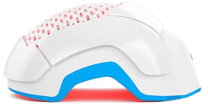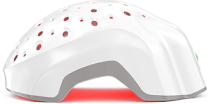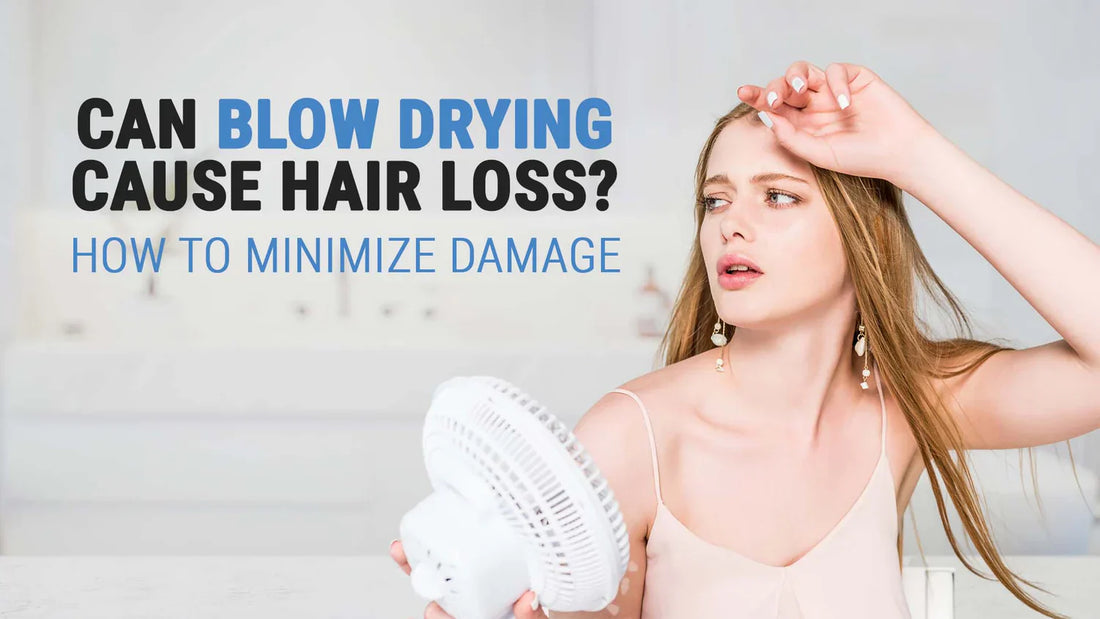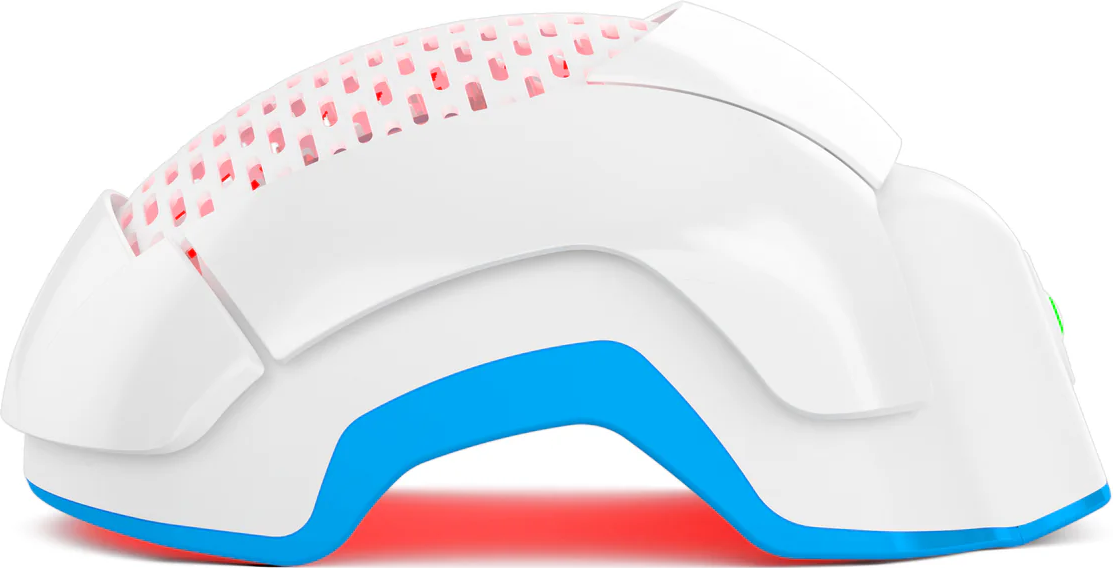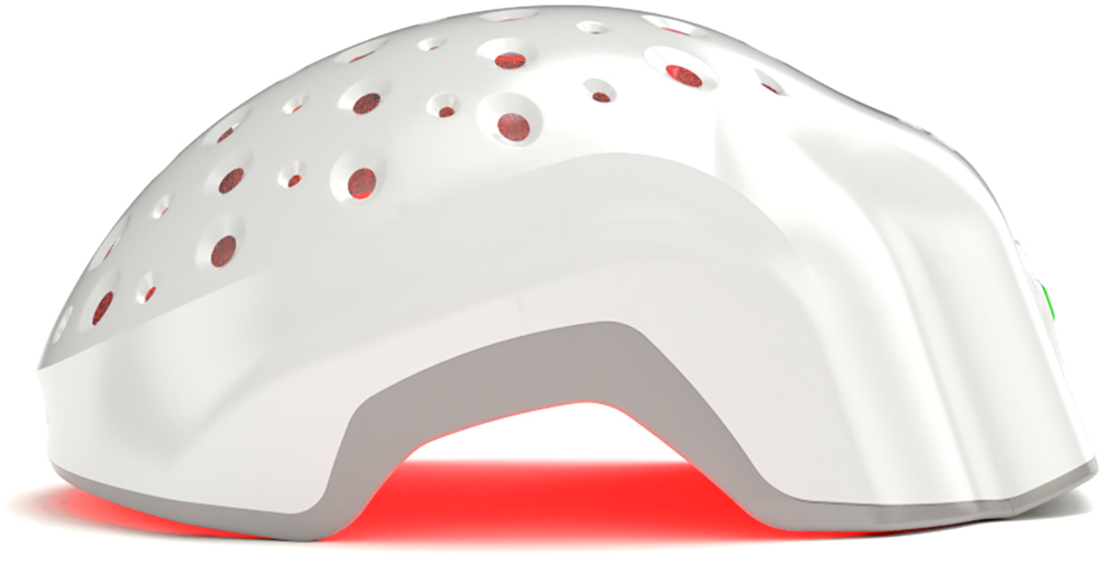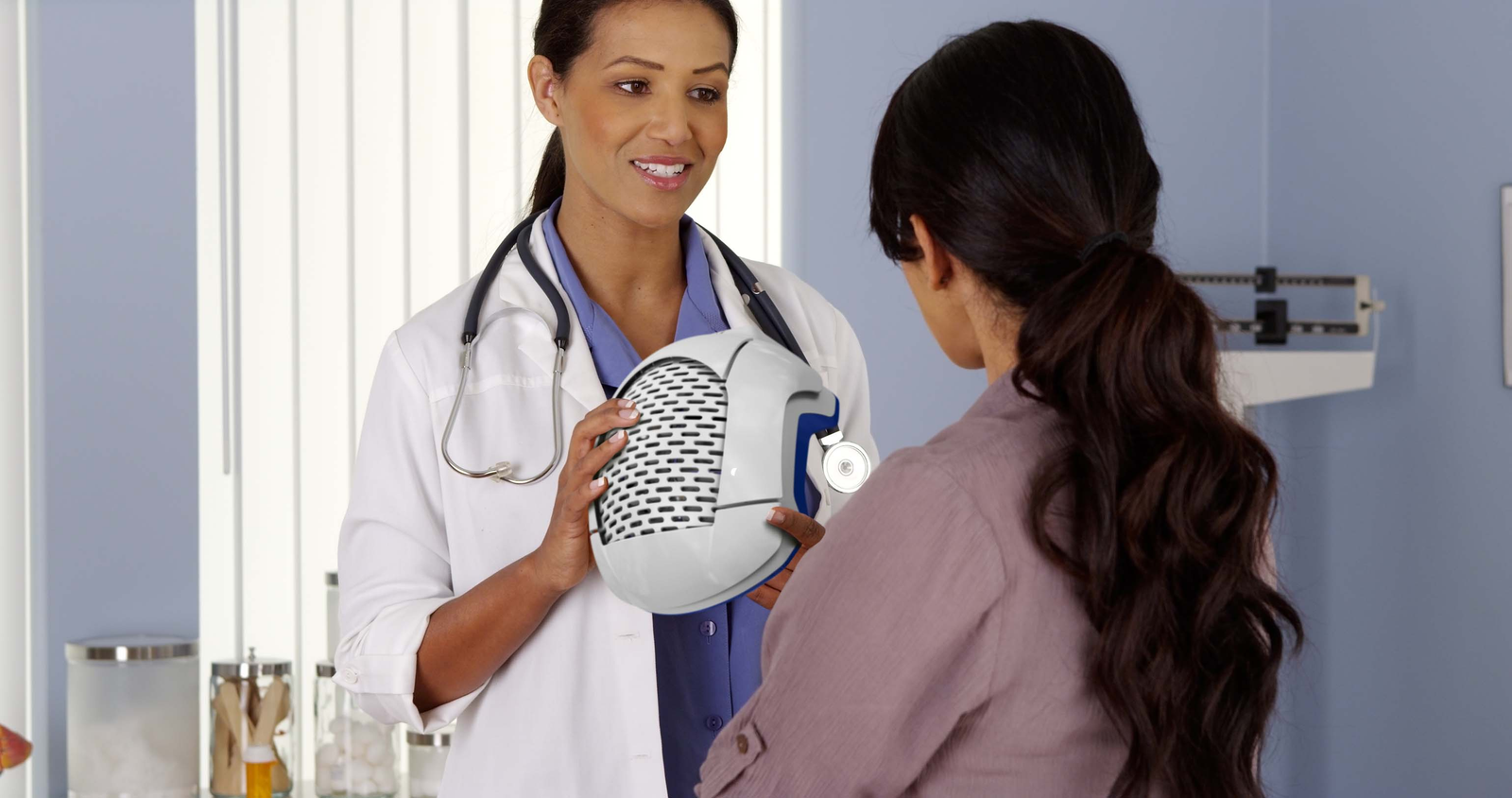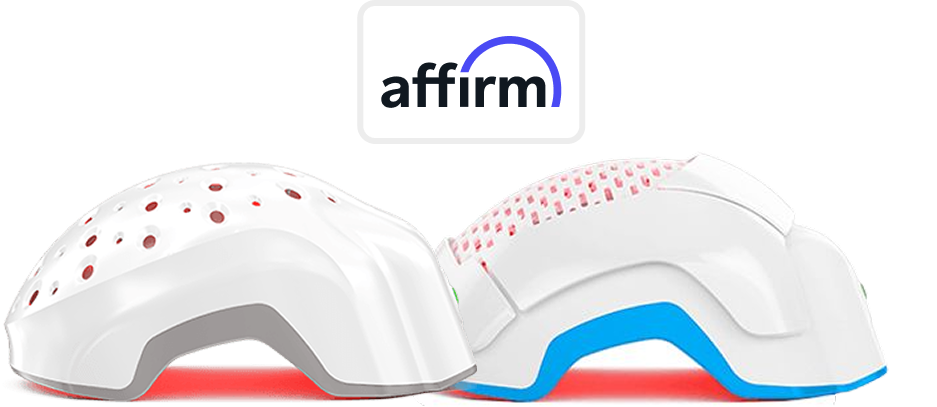Blow drying gets the job done. It smooths, it styles, and—on rushed mornings—it saves reputations. But there’s one question that refuses to stay out of the bathroom: can blow drying cause hair loss?
It’s a worry echoed in Google searches, forums, and salons worldwide. The concern isn’t baseless. While a blow dryer doesn’t yank hair from the root, the intense heat it produces can absolutely damage the hair shaft. Repeatedly.
When that damage piles up, it weakens strands to the point of breakage, frizz, and thinning that mimics hair loss. Heat-damaged hair doesn’t shed from the follicle—it snaps mid-shaft or splits at the ends, which over time leads to a noticeable drop in volume. And if your scalp's already irritated or inflamed, the odds get worse. So no, blow drying won’t make you bald—but it can make things look a lot thinner than they should.
If you’re reaching for your dryer five times a week without a heat protectant in sight, it’s time to rethink your routine. This blog reveals what blow drying really does to your hair, how to avoid the worst of the damage, and smarter ways to dry your strands without frying them.
How Blow Dryers Work?
Hair dryers function by blowing heated air across damp strands, speeding up water evaporation. Most standard models use a nichrome wire coil that produces heat, combined with a fan that pushes the warm air out. While efficient, this high-temperature airflow doesn’t discriminate—your hair shaft’s moisture gets stripped right along with the water. Over time, repeated exposure can compromise the protein structure of your strands, especially if you're drying at close range or on high heat. The result is classic hair dryer damage: brittle texture, frayed cuticles, and increased fragility.
Is Blow Drying Good for Hair?
Occasional blow drying, done right, won’t sentence your hair to doom. In fact, when used with a heat protectant and medium setting, it can be a harmless part of your routine. The danger creeps in with daily use, high temperatures, and skipping prep. Consistently applying high heat weakens the keratin bonds in your strands and strips away protective oils. This leads to heat damaged hair loss, which doesn’t originate from the scalp—but from shafts snapping before they reach their full length.
Prolonged misuse of blow dryers also raises the risk of hair breakage from blow drying, especially at the ends where hair is oldest and weakest. Over time, this causes visible blow drying and hair thinning—not because follicles are quitting, but because your strands are breaking before you see their full potential.
Can a Blow Dryer Cause Hair Loss?
Let’s be precise: a blow dryer won’t attack your follicles or lead to medical hair loss. But it can absolutely set the stage for hair loss to happen faster. Regular high heat can dry out the scalp, cause low-level inflammation, and weaken the roots—especially in already sensitive individuals. Over time, that inflammation and mechanical stress can push follicles into a dormant state, aggravating shedding that was already underway. So while it’s technically a hair dryer hair loss myth that dryers directly cause baldness, the indirect damage is very real.
How to Minimize Hair Damage From a Blow Dryer?
If tossing your blow dryer feels unrealistic (no judgment), the next best thing is using it smarter.
Here’s how to keep your hair intact—even when heat is part of the plan.
Choose the Right Blow Dryer
Not all dryers are the same. The best hair dryer for damaged hair is one with multiple heat settings, a cool shot button, and ionic or ceramic technology. These features allow better control over temperature, reduce drying time, and help minimize protein loss. Low and slow beats hot and hasty—every time.
Use Heat Protectants
A good heat protectant creates a barrier between your strands and the heat. Many sprays and serums can reduce surface temperature during blow drying by up to 50°F. That kind of buffer is critical for blow drying and hair loss prevention, as it shields the cuticle and locks in moisture where it belongs.
Also Read: How to fix heat-damaged hair at home?
Proper Blow-Drying Techniques
Never press the nozzle directly against your hair. Maintain a distance of at least 6 inches and keep the airflow moving. Stick to low or medium settings, and aim the airflow downward to prevent cuticle lift. Air dry your hair 60–70% before blow drying to cut down on total heat exposure.
Limit the Use
Blow drying should never be an everyday event unless absolutely necessary. The more often you dry, the more cumulative the damage. Aim to limit it to 2–3 times a week at most. And on your non-drying days? Embrace a bun, a braid, or let the frizz be free.
Natural Alternatives to Blow Drying
If you’re ready to give your hair a heat break, air drying is your best friend. Gently blot your hair (don’t rub) with a microfiber towel or soft cotton T-shirt to remove excess moisture. Comb through with a wide-tooth detangler, and let gravity handle the rest. For quicker drying without heat, try braiding your hair and letting it set overnight. These no-heat methods not only preserve your strands but actively reduce the chance of long-term damage. No damage, no drama.
Conclusion
So, can blow drying cause hair loss?
Technically, no—but the damage it inflicts on the hair shaft absolutely can lead to breakage, thinning, and a scalp that’s not too thrilled. The dryer itself isn’t the problem. It’s how often, and how carelessly it’s used. By lowering the heat, spacing out sessions, and protecting your strands before you plug in, you can enjoy the benefits of blow drying without sacrificing your hair’s health. In short: heat responsibly. Your hair will thank you.


